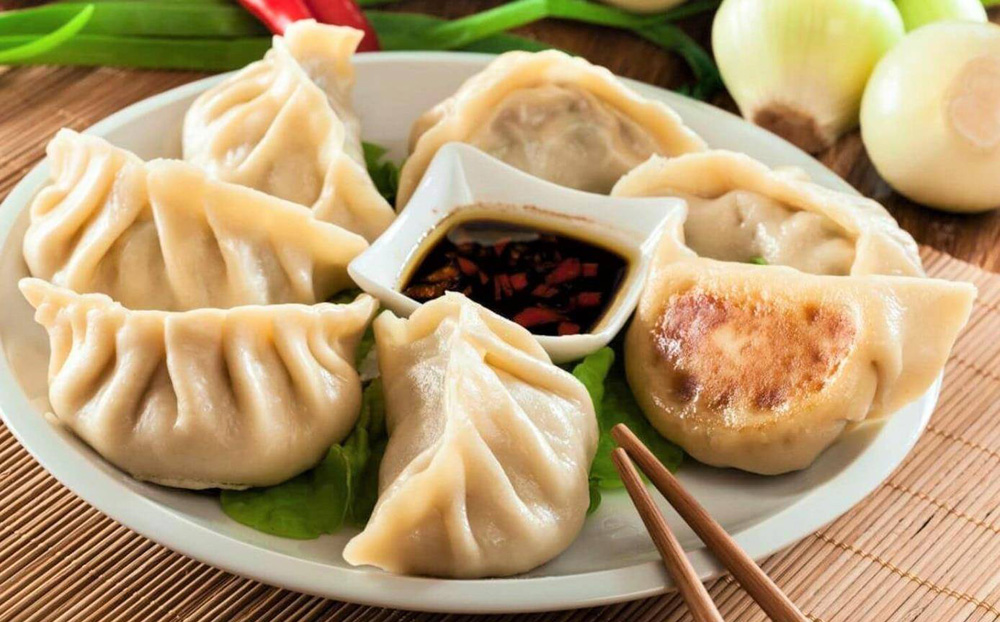From their rich history to their irresistible taste, Chinese Jiaozi are a culinary treasure. Whether you’re enjoying them at a bustling street stall or making them at home, each bite is a taste of Chinese culture and warmth.
1. What Are Jiaozi?
Jiaozi, also known as Chinese dumplings, are a iconic dish consisting of ground meat or vegetable fillings wrapped in thin dough, sealed by crimping the edges. As a staple of East Asian cuisine originating from China, they have evolved into numerous regional specialties while retaining their core appeal.
2. A 2,500-Year History
The origins of jiaozi trace back to the Spring and Autumn Period (770–476 BCE). In 1978, triangular food residues resembling jiaozi were discovered in a noble’s tomb in Tengzhou, Shandong Province—currently the earliest known dumpling relics in China. Literary records from the Northern and Southern Dynasties (420–589 CE) describe “hun tun” (馄饨) shaped like crescent moons, widely recognized as ancient jiaozi.
By the Tang Dynasty (618–907 CE), jiaozi had taken their modern form: intact specimens found in Turpan’s Astana Tombs match today’s dumplings in size and shape. The custom of eating jiaozi during Chinese New Year became widespread in the Qing Dynasty (1636–1912), as documented in Yanjing Suishi Ji (“Records of Beijing Festivals”): “From the poor to the wealthy, all eat wheat flour dumplings on New Year’s Day”.
3. Popular Cooking Methods & Varieties
Jiaozi are versatile in preparation, with five primary styles:
- Boiled (Shuijiao 水饺): Cooked in boiling water, soft and tender, served with black vinegar and sesame oil dip.
- Steamed (Zhengjiao 蒸饺): Light and juicy, preserving the filling’s original flavor.
- Pan-fried (Jianjiao 煎饺): Known as “potstickers” (Guotie 锅贴) in southern China, with a crispy golden base often formed using flour-water batter.
- Deep-fried (Zhajiao 炸饺): Crisp exterior, popular as a snack.
- Soup (Tangjiao 汤饺): Simmered in broth, hearty and warming.
4. Cultural Symbolism & Traditions
Jiaozi are more than food—they carry profound cultural meaning:
- Wealth & Fortune: Their shape resembles ancient gold/silver ingots (sycee), symbolizing prosperity for the new year.
- Family Reunion: Making jiaozi together during festivals fosters harmony; the act of “crimping edges” (baojiao 包饺子) implies “gathering” (baoluo 包罗) blessings.
- Lucky Fillings: Celery fillings (qin cai 芹菜) represent “diligence” (qin fen 勤奋) in northern China, while chives (jiu cai 韭菜) signify “longevity” (chang jiu 长久).
If you’re lucky enough to travel to China, be sure to savor Chinese jiaozi in all their delicious varieties — whether it’s the boiled ones with thin wrappers and plump fillings, the golden, crispy pan-fried ones, or the steamed ones brimming with savory broth. Every bite delivers authentic Chinese flavor, and even more, a warm touch of homemade warmth rooted in the country’s culinary traditions.
